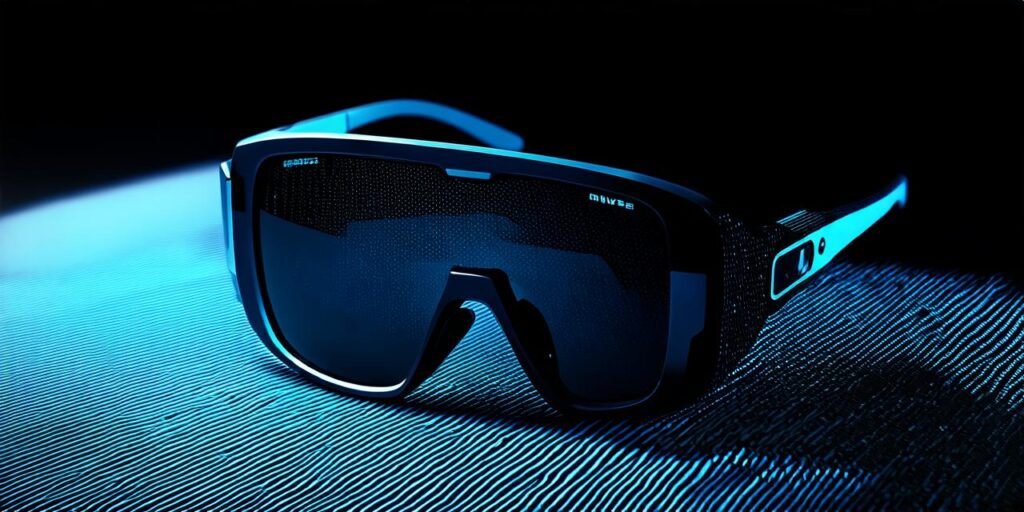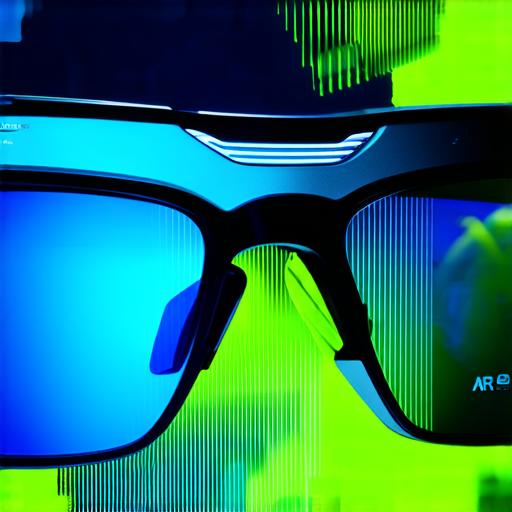
Introduction
AR (Augmented Reality) technology has been rapidly evolving in recent years and has become an integral part of our daily lives. From gaming to education, healthcare to marketing, AR is transforming the way we interact with the world around us.
1. Snapchat
Snapchat is one of the most well-known AR development companies in the world, with over 200 million daily active users as of 2021. The company’s flagship product, Snapchat Lenses, allows users to add digital filters and effects to their photos and videos.
Snapchat has also been at the forefront of AR innovation, launching new features such as Bitmoji World Lenses, which allow users to create their own customized filters based on their favorite characters from popular movies and TV shows. Additionally, the company’s Snap Map feature uses AR technology to overlay digital information onto the real world, allowing users to explore their surroundings in a whole new way.
2. Pokémon Go
Pokémon Go is another iconic AR game that has captured the imagination of millions around the world. Launched in 2016, the game uses GPS and AR technology to allow players to search for and catch virtual creatures called “Pokémon” in their real-world surroundings.
Pokémon Go’s success can be attributed to its innovative approach to AR gaming, which combines elements of adventure, exploration, and competition. The game also uses location-based technology to create a sense of immersion, making players feel like they are truly interacting with the world around them.
3. HoloDeck VR
HoloDeck VR is an AR development company that has been working on creating an immersive virtual reality experience that combines the best of AR and VR technology. The company’s flagship product, the HoloDeck, uses advanced motion tracking and haptic feedback to create a highly realistic environment that can be customized to suit individual preferences.
The HoloDeck has already won numerous accolades for its innovative approach to VR gaming, including the 2018 EMMY Award for Outstanding Achievement in Interactive Technology – Multi-User Experience. The company is also working on developing new applications for the technology, including training simulations for industries such as healthcare and manufacturing.
4. Apple

Apple has been investing heavily in AR technology in recent years, with the launch of products such as the iPhone X and the iPad Pro. These devices feature advanced sensors and cameras that allow users to interact with digital objects in their real-world surroundings.
One example of Apple’s AR technology is its ARKit framework, which allows developers to create immersive experiences for iOS devices. ARKit has already been used to develop a range of applications, including interior design apps, educational games, and even medical training simulations.
5.
Unity Technologies
Unity Technologies is an AR development platform that enables game developers and content creators to build interactive 3D experiences for a variety of platforms, including mobile devices, PCs, and VR headsets. The company’s software includes a range of tools and features that make it easy to create high-quality AR content without requiring advanced technical skills.
Unity Technologies has already been used to develop a range of successful AR applications, including the popular game Pokémon Go. The company is also working on developing new technologies, such as 5G connectivity, which will enable more advanced and immersive AR experiences in the future.
Case Study: IKEA Place
IKEA Place is an AR app developed by IKEA that allows users to see how furniture would look in their home before making a purchase. The app uses AR technology to overlay digital representations of IKEA products onto the real world, allowing users to see how they would fit into their space.
The app has been a huge success for IKEA, with millions of downloads and positive reviews from users. It has also helped to reduce the number of returns for IKEA furniture, as customers are able to visualize the products in their home before making a purchase.
Expert Opinion: Dr. Michael Goodchild
Dr. Michael Goodchild is a professor at the University of California, Santa Barbara and an expert in geographic information systems (GIS) and AR technology. He believes that AR has the potential to revolutionize a wide range of industries, from education to healthcare.
“AR technology has already shown us what’s possible when we combine the real world with digital information,” says Dr. Goodchild. “But there’s still so much more that can be done to create truly immersive and engaging experiences.”
Real-Life Examples of AR in Action
One example of AR in action is the use of AR technology in the construction industry. Workers can use AR apps to visualize 3D models of buildings and other structures, allowing them to see how they will look in their final form. This can help to reduce errors and improve efficiency on construction sites.
Another example is the use of AR in healthcare. For example, surgeons can use AR technology to overlay digital information onto a patient’s body during surgery, allowing them to see exactly where to make incisions and how to position implants. This can help to improve surgical accuracy and reduce the risk of complications.
Conclusion
AR technology is rapidly evolving, and we’re likely to see even more exciting developments in the coming years. The companies listed above are at the forefront of this innovation, developing cutting-edge solutions that push the boundaries of what’s possible. Whether you’re a gamer, an educator, or a marketer, there’s no doubt that AR technology has something to offer. So why not try out some of these mind-blowing experiences for yourself and see where they take you?


